When you see CRL on this website it means Chain Reaction Learning.

Airplane
Trip
The stewardess seated a three-year-old boy next to me (June Rosenberry, author
of the Chain Reaction Learning Reading Series) on an airplane for a 2-hour
flight. I had a copy of the lesson book with me and for the whole flight
I took him through the pictures and words. At the end of the flight I
gave him the book and he smiled, and smiled, and smiled and hugged the book to
his chest. This was a very happy boy!
My
Neice
Recently my over-30 neice came to visit me. She reminded me that I had taught
her to read when she was five. She also told me that she had a much
easier time in school than the other children because she knew how to read
before starting the first grade. She has been a successful administrative
assistant for a very demanding boss for about ten years now. She is very
organized and happy with what she is doing.

Holes
An adult male student in his 20’s came to me and wanted to learn more about
reading. He could read but he said he knew that there were holes in what
he knew. I took him through the books and he at times became very
emotional. He continually asked me why teachers never told him the way words
were made and how to sound them out. He also was very happy to “fill in
his holes” and by the time we finished the series he looked much better
physically, happier, with a springy step.
Goal
A college student who completed the series wrote the following: “All I can
say is that I’m on my way to achieving a goal that I want very badly — to
totally handle my education. The Reading Series has got me over the first
barrier. I can now read 100% better. I am very pleased with the basic knowledge
of reading. I’ve got a good start now and I will obtain my goal.”

Frustrations
Another college student writes: “I didn’t know how to read! The frustrations
from trying to make it in class under those circumstances were great.
These book changed all that.”

Happiness
This from a teacher: “Happiness is having someone who cares enough to give
your time for helping our children. Many thanks to you.”
Proud
This to a mother from child’s teacher: “Congratulations! Mary has moved up
two reading levels. She worked very hard for this advancement. I am very, very
proud of her.”
June Rosenberry, author of Chain Reaction Learning Reading Lessons for Beginners

Over thirty years of working with students has now resulted in this new edition of the Chain Reaction Learning Reading Series.
Very streamlined and carefully edited to ensure that students can fully understand everything they see and can easily and happily learn to read.
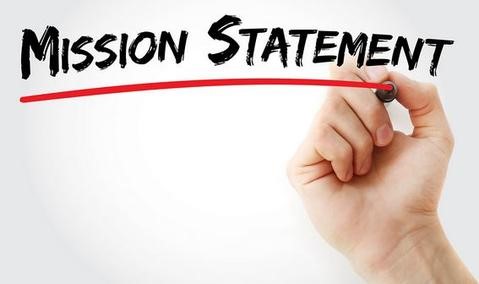
Chain Reaction Learning Mission Statement
Our goal is to help as many people as possible to fill in the holes in their reading skills. That means we strive to give people, of any age and of any reading ability, the information they need to fill in the gaps in their understanding and comprehension of the English language.
Our purpose for filling in the gaps in reading knowledge is to give people a greater ability to communicate effectively with each other. This includes communicating with long-dead authors of books written for entertainment or education. It also includes communicating person-to-person either verbally or by the written word.
Ideally this heightened ability to communicate will lead to people who solve problems more effectively.
What is it?
It is a series of video lessons with transcripts included.
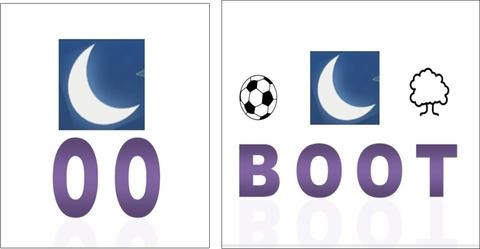
The student watches the video and then is given the transcript which looks like the video. He (he is used to denote both male and female students) is then given the transcript to go through and mark up as he chooses. He can watch the video as often as he likes and mark up the transcript as much as he likes. This is his lesson to use as he pleases. The student goes at his own pace. Do not force him.
The transcripts are full of pictures and are from 40-50 pages long and resemble a coloring book but with real information that propels the student into learning to read.
The videos are about 10 minutes each so the student can hear the sounds the letters make as the letters join together to make words.
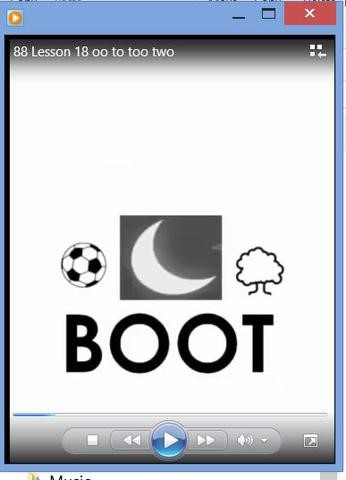
There is a lesson for each short vowel (total of 5 lessons), a lesson for each long vowel (another 5 lessons), and separate lessons for 2-letter combinations (10 additional lessons). There are 20 lessons in all.
If using the transcript, the student and his helper or teacher or parent read each page and look at the pictures, pronounce the letters and construct words.
If using the videos the student can work alone, although it is best to have a helper to answer any question the student may have.
Upon purchase you will receive all 20 video lessons with their transcripts, one will be sent to you each day for 20 calendar days. It is most efficient to do one lesson per day with the student and not to skip days. However, if the student needs more time then let him find his own pace and proceed as he wishes.
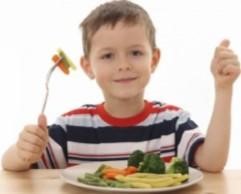
The student should be rested and fed before being asked to work on his reading lessons. Never force the student. If he doesn’t want to do it, then don’t do it. There will come a time when you won’t be able to stop him from doing the lessons.

If the student stops somewhere in the middle of a page at a place where he doesn’t feel good about doing it, then ask him to go back a page or two or three and start from there. If that doesn’t get him interested, then go further back or to a previous page.
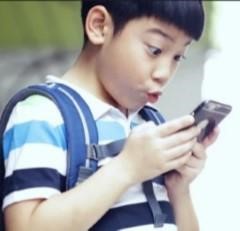
The student should always end his reading lesson when he is feeling good about it.
The first lesson is the most difficult. Allow the student to go over the first few pages as many times as he needs to fully understand them and realize that those squiggles called letters really do stand for the sound that the page shows.

Never quiz a student or ask him questions. Do not make him try to figure it out. Simply answer the question and stop talking. If using the transcript, let the student look at the page. He will try to figure it out for himself. If he has trouble he will ask a question. Just answer his question and let him continue through the lesson.
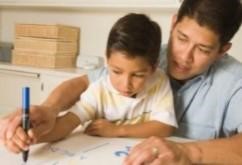
Do not force the student to write. Provide paper, pencil or crayon and let him write, draw, scribble or do whatever he wants to do. Remember, these lessons belong to the student and do not belong to the teacher, parent or helper. Let the student please himself with what he does with his paper. The goal is to teach him to read, not to teach him to write.

Do not expect the student to know words that he has not been taught. These are only the first lessons and much has been left out.
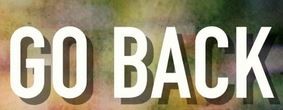
There is little that can go wrong but if the student is not interested, then figure out what didn’t make sense to him. Tell him what it is, answer his questions and let him go on when he is ready, or tell him to go back a few of the pages that he has already seen. Tell him it is okay to read each page many times.
What’s next?
Follow these steps:
1. Purchase all 20 lessons by sending your $20.00 payment to www.paypal.com to info@chainreactionlearning.com or send a check to the address below.
2. We will send you an email of the entire program of 20 video lessons on a compact disk and 20 printable transcripts, one for each lesson. There are five lessons on short vowels, five lessons on long vowels and ten lessons on two-letter sounds.
3. Give the videos and printed out transcripts to your child. Help him/her when needed as described above. Let him scribble on the pages or write on them, they are his pages to do with as he wishes.
5. (Optional) Send us the story of your results to info@chainreactionlearning.com.
Feel free to email us at info@ChainReactionLearning at any time with comments or questions.
June Rosenberry
Chain Reaction Learning Los Angeles
17501 Sherman Way #8062
Van Nuys, CA 91409
Land line, no text please: 818-781-7406
info@ChainReactionLearning.com


